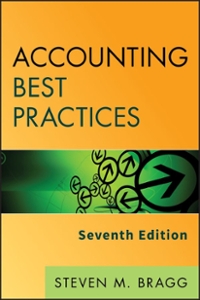Question
1) Inventory is a current liability on the balance sheet. 1) _______ 2) Sales revenue minus sales returns and allowances and sales discounts equals: 2)
1) Inventory is a current liability on the balance sheet. 1) _______
2) Sales revenue minus sales returns and allowances and sales discounts equals: 2) _______
A) gross margin. B) income from operations. C) net sales. D) cost of goods sold.
3) Purchase returns of merchandise decrease the liability to a creditor. 3) _______
4) Credit terms of 1/15 n/30 means the purchaser can deduct 1% of the invoice price if paid within 15 days. 4) _______
5) Sales discounts is a contra account and has a normal credit balance. 5) _______
6) When the seller is liable for the shipping costs, the payment for the freight in the seller's accounts is recorded with a debit to: 6) _______
A) Inventory. B) Freight In. C) Delivery Expense or Freight Out. D) Cash.
7) A merchandiser received payment in full after the expiration of the discount period on a $3,000 sales invoice, terms 3/15 n/30. The journal entry would include a: 7) _______
A) debit to Cash for $3,000. B) debit to Sales Discount of $90. C) debit to Cash for $2,910. D) credit to Accounts Receivable for $2,910.
8) Expenses other than cost of goods sold, that are incurred in the entity's major line of business are called: 8) _______
A) servicing expenses. B) other expenses. C) merchandising expenses. D) operating expenses.
9) Operating expenses are divided into manufacturing expenses and selling expenses on the income statement. 9) _______
10) A single-step format of the income statement will always have fewer sub-totals than the multi-step income statement format. 10) ______
Step by Step Solution
There are 3 Steps involved in it
Step: 1

Get Instant Access to Expert-Tailored Solutions
See step-by-step solutions with expert insights and AI powered tools for academic success
Step: 2

Step: 3

Ace Your Homework with AI
Get the answers you need in no time with our AI-driven, step-by-step assistance
Get Started


